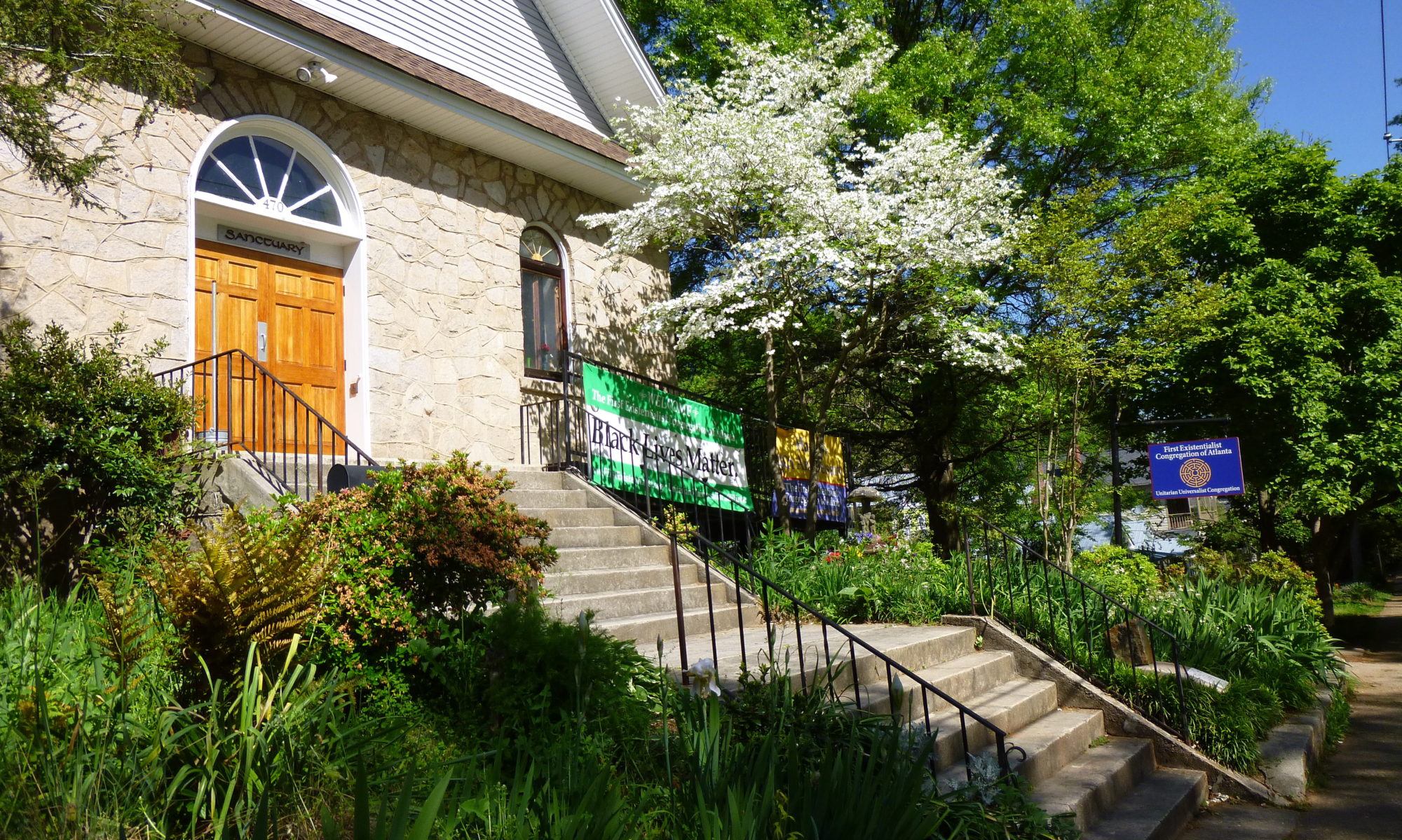“The Archaeology and History of Native Americans in North Georgia: Mississippian Period, Contact, and Post-Contact“

Biography
I am an archaeologist who has worked extensively in the Southeastern United States in both academic and cultural resource management settings. I received my Ph.D. in anthropology from the University of Kentucky in 2011, after earning a M.A. degree in anthropology from the University of Georgia and a B.S. degree from Radford University in southwestern Virginia. After receiving my master’s degree, I taught for a year at Appalachian State University in Boone, North Carolina, and then worked at the Florida Museum of Natural History in Gainesville; I also assisted with the University of Georgia excavations of the Mississippian period Lamar Mounds in central Georgia. In 1998 I began a career in cultural resource management, working as a Principal Investigator for The Louis Berger Group and later for Gray & Pape, Inc., in Richmond, Virginia. In 2011 I completed my dissertation on Mississippian frontier chiefdoms, specifically the Carter Robinson site, in southwestern Virginia. This work was supported by a National Geographic Exploration Fund grant. In 2013 I received the C.B. Moore Award for Excellence in Archaeology by a Young Scholar from the Southeastern Archaeological Conference. From 2013-2019 I was an Assistant Professor at the University of Mississippi, and Associate Professor from 2019-2021. I served as Co-Director of the UM Curation Project, funded by a National Park Service Save America’s Treasures Grant, to catalog and curate the university’s archaeological collections. I am currently Senior Archaeologist at New South Associates, Inc., in Stone Mountain. I also serve as the President of the Southeastern Archaeological Conference, a 900-member organization of archaeologists across the Southeast.
My primary area of research is Mississippian chiefdoms located on the periphery of the Mississippian cultural world. I examine the role of craft production in the emergence of inequality within chiefdoms. I do this through the analysis of ceramic vessels, shell items, (beads, shell debris and lithic tools), and evidence of fabric production. I analyze domestic household economies and specifically women’s roles in these economies through comparisons of domestic structures within and between sites. I expanded excavations to the nearby fifteenth-century Ely Mound in 2019. I also research the Westos, a mid-seventeenth century Northeastern Native American group who initiated Indian slaving in the Southeast, and more generally, the contact period, the focus of a recent co-edited volume.
In service to the discipline I research field safety and ethics. I oversaw creation and implementation of the Southeastern Archaeological Conference Sexual Harassment Survey, served on the Society for American Archaeology Sexual Harassment Survey committee and Ethics Task Force 2, served as a consultant on the National Park Service Sexual Harassment Survey and serve as an advisor on the National Science Foundation grant investigating safer field school practices. Recent publications examine safety issues for archaeologists with chronic health conditions and safe excavation of arsenic-embalmed individuals of the nineteenth-century. I am a co-creator of the crowd-sourced website Re-Centering Southeastern Archaeology bibliography to increase knowledge and citations of publications by archaeologists and scholars that identify as Black, indigenous, LatinX, people of color, women, LGBTQ+, and people with disabilities.
Select Publications:
In Review Gender, Crafting and Power. In Mississippian Women, edited by Rachel Briggs, Lynn Sullivan, and Michaelyn Harle. Under review and contract with University Press of Florida.
In Press Before Columbus: History, Archaeology and Resources. In Understanding and Teaching Native American History, edited by Kristofer Ray and Brady DeSanti. Harvey Goldberg Series for Understanding and Teaching History. Under contract with University of Wisconsin Press, Madison.
2021 Arsenic and Old Graves: A Method for Testing Arsenic Contamination in Historic Cemeteries. Maureen Meyers, David Breetzke and Henry Holt. Manuscript submitted to Advances in Archaeological Practice special issue, Health and Wellness in Archaeology.
2021 Mitigation Strategies for Asthma, Diabetes, and Depression During Field Archaeology. Carla Klehm, Maureen Meyers, and Rebecca Peixotto. Manuscript submitted to Advances in Archaeological Practice special issue, Health and Wellness in Archaeology.
2021 Salt, Craft Specialization, and Exchange During the 14th Century in Virginia. In TheArchaeology of Salt in Eastern North America, edited by Paul Eubanks and Ashley Dumas. University of Alabama Press.
2020 Contact, Colonization and Native Commerce in the Southeastern United States, edited by Tony Boudreaux, Maureen Meyers, and Jay Johnson, pp. 192-203. University Press of Florida, Gainesville.
2018 The Concept and Consequences of Sexual Harassment in Southeastern Archaeology. Advances in Archaeological Practice 6(4): 1-13. Maureen Meyers, Elizabeth Horton, Tony Boudreaux, Stephen Carmody, Alice Wright and Victoria Dekle. *Cambridge Press ‘Article of the Month’ November 2018.
2017 Social Integration at a Frontier and the Creation of Mississippian Social Identity in Southwestern Virginia. Southeastern Archaeology 36(2): 1-10.
2016 Political Economy and Craft Production before and after the Collapse of Mississippian Chiefdoms. In Beyond Collapse: Archaeological Perspectives on Resilience, Revitalization, and Reorganization, edited by Ronald Faulseit, pp. 380-403. Southern Illinois University Press, Carbondale.
2015 MultiscalarArchaeological Perspectives of the Southern Appalachians,edited by Ramie Gougeon and Maureen Meyers. University of Tennessee Press, Knoxville.
2014 Shell Trade: Craft Production at a Fourteenth-Century Mississippian Frontier. In Trend and Tradition in Southeastern Zooarchaeology, edited by Tanya Peres, pp. 80-104. University of Florida Press, Gainesville.


